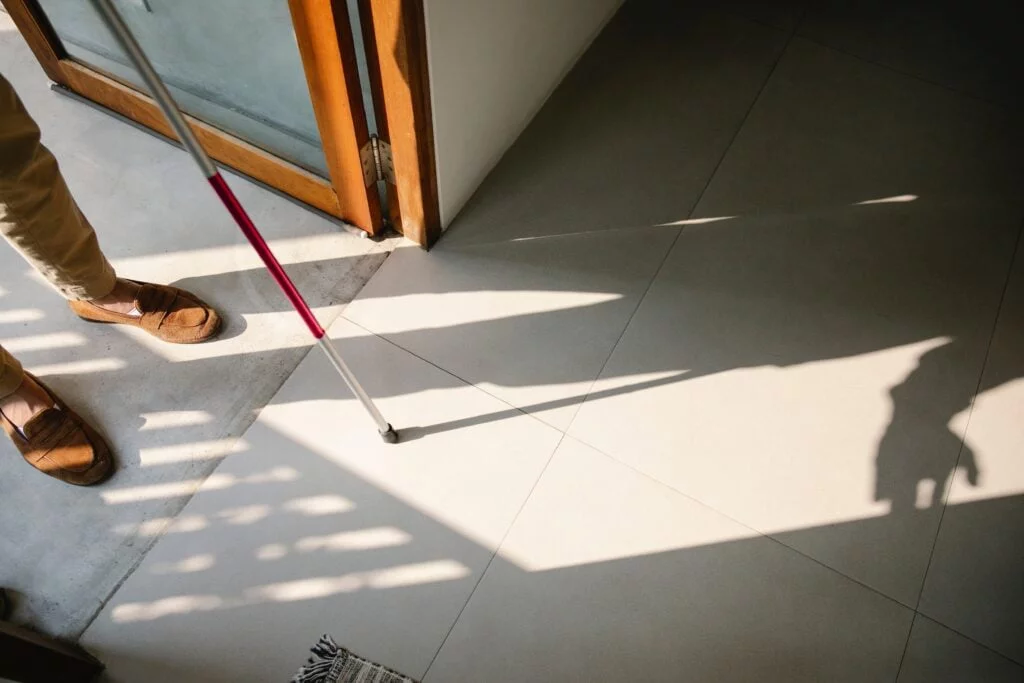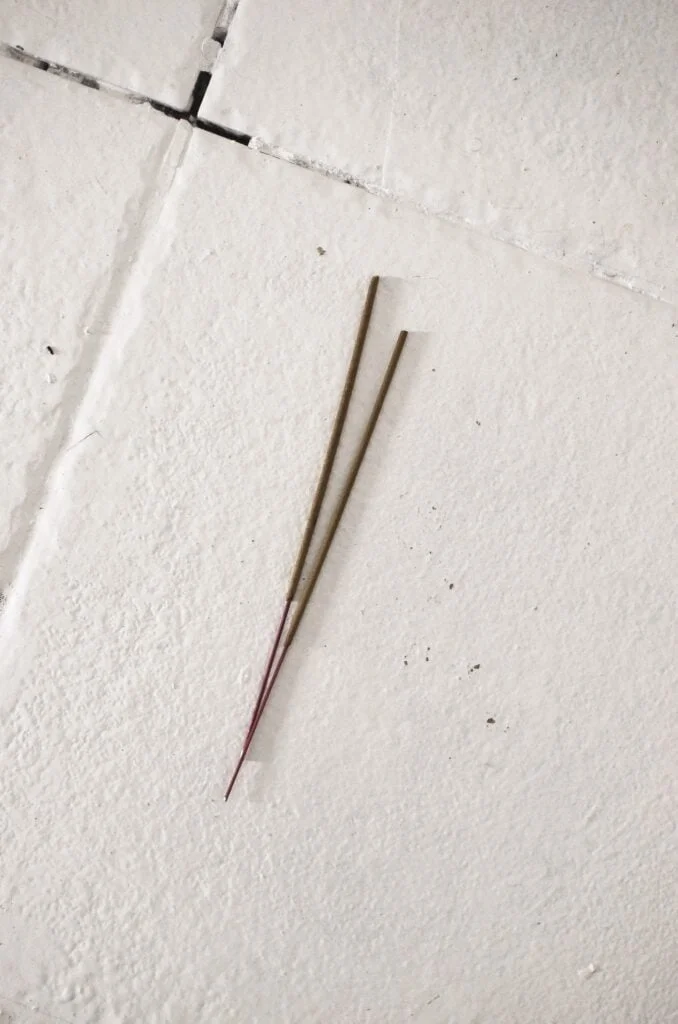
Stick on Tiles: The Guaranteed Pros and Cons of This Material
Although tile floors and backsplashes are highly popular among homeowners, they also pose some of the most difficult remodeling tasks for the ordinary do-it-yourselfer.
Many individuals are turning to alternatives like stick-on tiles to save the headache but achieve the aesthetic. With excellent results, some homeowners have even gone as far as to use these for full tile installations, such as peel-and-stick kitchen renovations.
Are stick-on floors and backsplashes worth the investment, despite the fact that they’re quick and inexpensive alternatives, or is it preferable to spend more money on the genuine thing? Here, we’ll compare the advantages and disadvantages.
PROS OF STICK ON TILES
The price is one of the main advantages of stick-on tiles. Similar to ceramic tile, peel-and-stick costs between $.50 and more than $25 per square foot. However, you’ll typically spend less money on out-of-pocket costs like tools, cement, and grout.
Stick on tile installation is a fairly simple task that anyone can complete. Even if you go through some trial and error, you’ll usually cut off any labor charges and save on materials.
EASY ON, EASY OFF
You will almost always need to shape your tiles to fit around cabinets, windows, and other fixtures when installing them. Correct ceramic tile cutting requires ability, perseverance, and a specific set of instruments.
Stick on vinyl tiles, on the other hand, can be applied seamlessly with just a steady hand, a tape measure, and a sharp X-Acto knife. Running a line of caulk where the backsplash meets the countertop will help make it appear more realistic.
Stick-on tiles can be removed far more quickly than genuine tiles when it’s time to replace the floor or backsplash. It’s simple to peel off and replace a panel if you’re moving out or it has some little damage without having to prepare the surface extensively.
VARIETY OF MATERIALS
Vinyl stick-on tile is the most popular and least priced type; it typically costs $1 per square foot. Vinyl has a three-dimensional texture to resemble genuine tile and is simple to cut.
Stick-on tiles that mimic materials like wood, metal, stone, and glass are available for a more upscale appearance. Thin veneers frequently have hard components added to them to lighten them, but this is all you really need for a realistic look. Finding the ideal floor or backsplash to match the rest of your kitchen is not difficult because to the limitless selection of colors, materials, and finishes available.
CONS OF STICK ON TILES
The popularity of peel-and-stick tiles is rising as more sophisticated buildings come into being. However, real tile’s superiority manifests itself in a variety of ways, making it the obvious choice if you want your makeover to have the greatest return on investment. The following are some disadvantages of employing peel-and-stick tiles.
INFERIOR LOOKS
When it comes to these tiles, you get what you pay for, and while they might survive for a number of years, less expensive options won’t seem exactly like tile, even from a distance.
No matter how carefully you align the cheap stick-on vinyl tiles, there will still be a little gap between them that cannot be totally covered. The wear layer’s texture pattern won’t likely deceive anyone into thinking it’s the real thing, just like luxury vinyl flooring.
SHORTER LIFESPAN
Stick-on tiles can survive for five years or more. Everything relies on the type of material used, how well it was installed, and how much use and traffic they receive.
The peel-and-stick substitute won’t last as long as tiles. There are spaces between the tiles that can let moisture leak in and cause a number of problems. Mold has a chance to develop behind the panels if water gets behind them, which will eventually cause them to shift and separate from the wall.
For more longevity, you can grout between some of the more expensive tiles. However, thin-set mortar has a stronger adhesive than peel-and-stick tiles’ backing.
For a firmer hold, add adhesive behind the panels. However, after you start adding that and the grout, it might be worth the extra work to use genuine tile.
Ceramic tiles keep out moisture, thus substitutes can never completely take their place. Stick-on floor tiles are OK in bathrooms but are not feasible in laundry rooms, some kitchens, or bedrooms.
LOW VALUE
Replace the stick-on tiles all over your house with more modern materials if you intend to sell it. Most homebuyers find peel-and-stick tiles to be unattractive. If they think the rest of the house is held together by numerous do-it-yourself improvements, they could even take a closer look at it.

SHOULD YOU USE STICK ON TILES?
Sometimes you need a change but lack the resources to undertake a significant renovation. Stick-on tiles make a great choice in these situations.
For a simple improvement, use them on kitchen backsplashes or bathroom walls. Use actual tile as a following step when you want to add the maximum value to your house.
To see other material construction, please see here.
To know other construction guides, tips, and methodology for beginners, veterans, and contractors, please see here.
